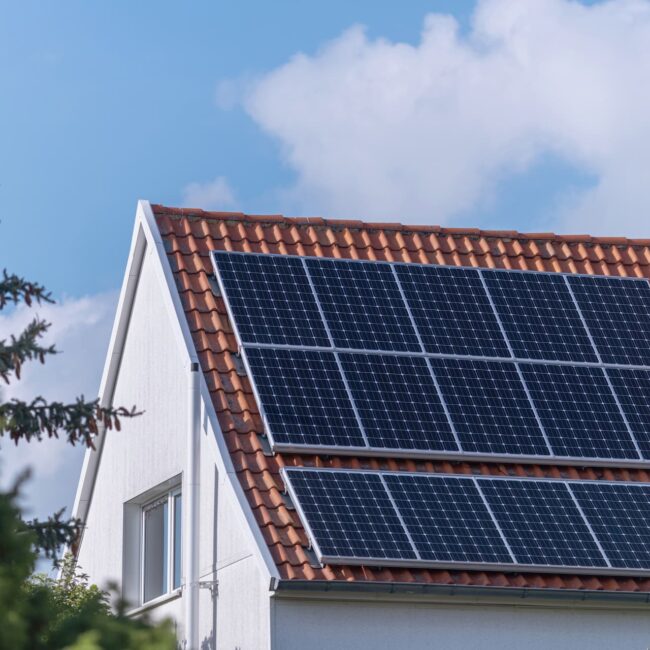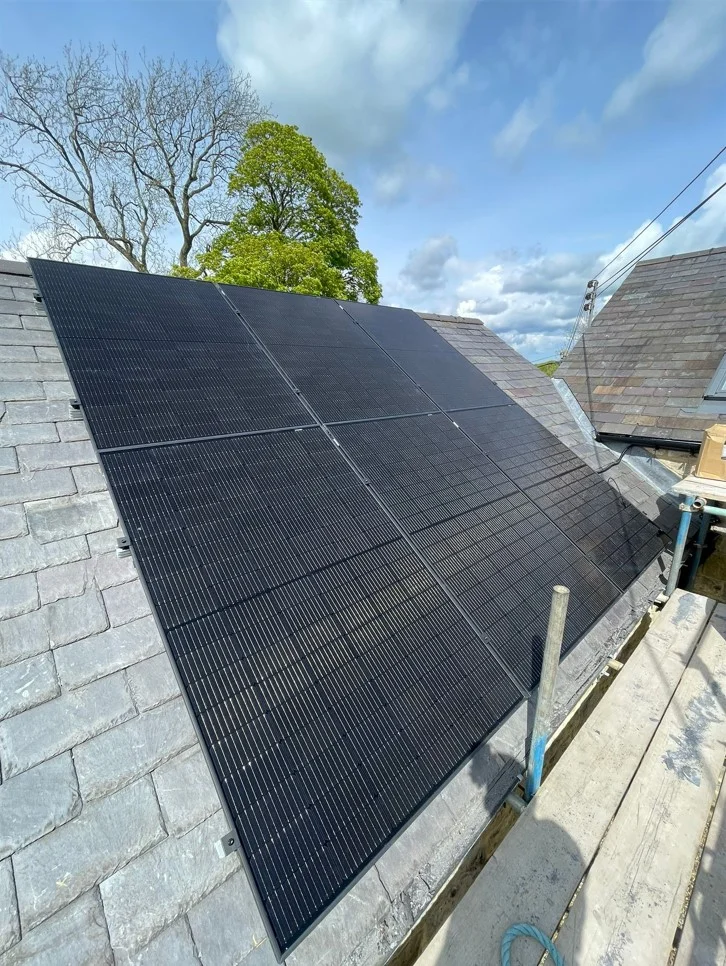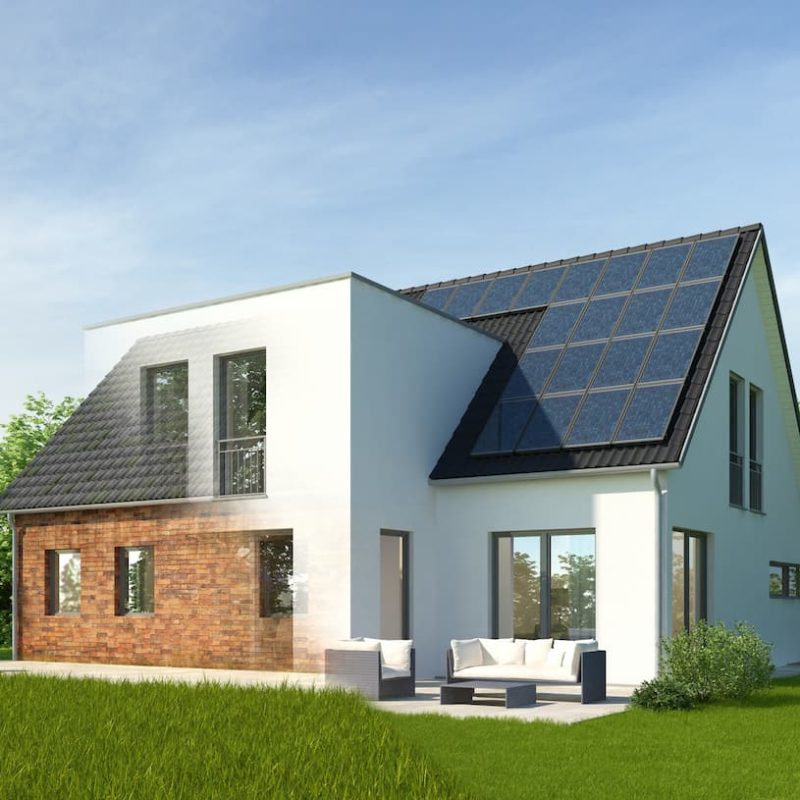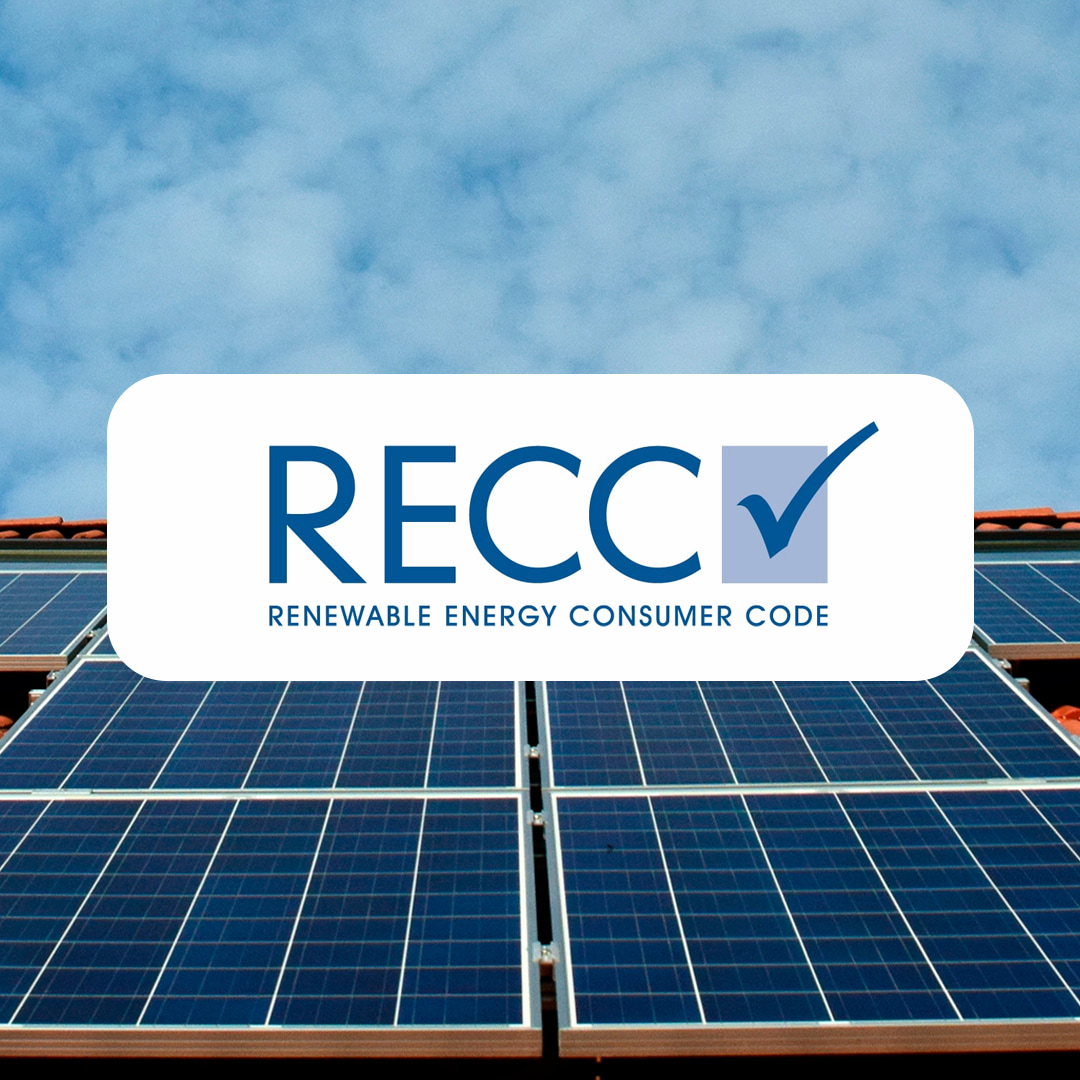Sustainable Solutions You Can Trust Sustainable Solutions You Can Trust
With Geowarmth your home installation is in safe hands. We are an official trusted installer to some of the leading manufacturers and have independent trustmarks from the industries leading bodies.
With Geowarmth your home installation is in safe hands. We are an official trusted installer to some of the leading manufacturers and have independent trustmarks from the industries leading bodies.


Trusted Provider
These trustmarks are a testament to our commitment to excellence, transparency, and customer satisfaction in all our solar and heat pump installations.
Octopus
A leading global energy company, Octopus are committed to providing sustainable, affordable energy solutions to homeowners all across the UK. Offering 100% renewable electricity tariffs, they’re actively working towards ensuring a greener future. Founded in 2015, they offer transparent pricing and award-winning customer service.
Checkatrade
Checkatrade is a platform that helps consumers find trustworthy and vetted tradespeople. We are proud to be a member of Checkatrade, where our customers can view genuine reviews and feedback about our services. Our high ratings and positive testimonials reflect our dedication to delivering top-quality installations and excellent customer service.
TrustMark
TrustMark is the only government-endorsed quality scheme for work carried out in your home. By choosing a TrustMark-registered installer like us, you can be confident that our services meet the highest standards of workmanship, customer care, and trading practices. TrustMark registration ensures that we are regularly vetted and inspected, providing you with peace of mind that you are working with a reputable and reliable company.
MCS Certified
The Microgeneration Certification Scheme (MCS) is a mark of quality that demonstrates our adherence to industry standards for the installation of renewable technologies. Being MCS Certified means that our installations meet rigorous safety and performance criteria, giving you confidence that your system is installed to the highest standards and eligible for government incentives.
RECC (Renewable Energy Consumer Code)
The RECC is a voluntary scheme that promotes high standards of consumer protection in the renewable energy sector. As a member of RECC, we adhere to a strict code of conduct that ensures fair treatment of customers, clear information about products and services, and a commitment to resolving any issues promptly. This code is your assurance that we operate with integrity and transparency throughout your installation journey.
Acclaim Health & Safety
Acclaim Health & Safety is a leading SSIP (Safety Schemes in Procurement) accreditation service in the UK, specialising in assessing and accrediting health and safety standards in construction and related sectors. By working with Acclaim, businesses can demonstrate compliance with legal health and safety requirements, helping them secure contracts and meet pre-qualification standards with confidence.
20+ years experience
Founded in 2004, we have over two decades of front-line experience and expertise.
20+ experts
Our fully-trained in-house team is on hand to deliver exceptional expert service.
10+ UK Counties
Our massive catchment area covers the north of England and the borders of Scotland.
FREE Site Survey
Unsure what sustainable solution you need? Get a free site survey from the experts.

Installation Partners
We’re proud to be a key partner for leading sustainable home brands. Cutting-edge technologies achieve their full potential when installed by trusted, experienced professionals.
Tesla Powerwall
Our partnership with Tesla Powerwall allows us to offer one of the most advanced energy storage solutions available. Tesla Powerwall seamlessly integrates with solar systems to store excess energy, providing reliable backup power and maximising your energy independence. As a certified installer, we ensure that your Powerwall system is expertly configured for optimal performance.
NIBE VIP Installer
NIBE is a leader in sustainable heating solutions, and as a NIBE VIP Installer, we bring you the very best in heat pump technology. Our VIP status indicates that we have undergone extensive training with NIBE, allowing us to deliver installations that maximise the efficiency and longevity of your heating system, ensuring you receive the full benefits of this innovative technology.
Daikin Home Installer
As a Daikin Home Installer, we are certified to install Daikin’s range of high-efficiency heat pumps. This partnership ensures that we can offer you top-tier heating and cooling solutions that are both energy-efficient and environmentally friendly. Our expertise in Daikin systems guarantees that your installation will deliver comfort and savings all year round.
Mitsubishi Installer
As a certified Mitsubishi Installer, we specialise in the installation of Mitsubishi’s advanced heat pump systems. Mitsubishi is known for its innovation and quality in the heating and cooling sector, and our certification ensures that your installation is carried out to the highest standards, providing you with an energy-efficient solution that meets your specific needs.
GivEnergy Approved Installer
As a GivEnergy Approved Installer, we have demonstrated our expertise in installing and maintaining GivEnergy products, including solar inverters and battery storage systems. This approval ensures that we are trained to the highest standards by GivEnergy and that we possess the necessary skills to optimise your renewable energy system for maximum efficiency and performance.
Experienced experts in sustainable technology
At Geowarmth, we’ve been dedicated to delivering sustainable heating solutions since 2004. Located in the North East of England, we are the established regional experts in eco-friendly technologies like ground and air source heat pumps, solar thermal and solar PV systems. Dedicated to helping our customers realise their total sustainability vision, we also specialise in underfloor heating, radiators, and domestic hot water systems. Our expert engineers complete domestic and commercial projects across the North East, the North West and from the M62 to central Scotland.
In 2024, we became part of Hometree Group, a leading UK residential home energy services company, paving the way for a brighter future in the home. By joining Hometree’s mission to help millions of homeowners look after their homes and transition to low-carbon living, in addition to installation we now also provide comprehensive servicing, financing and maintenance to make it easier to look after your home and ensure a greener future.





